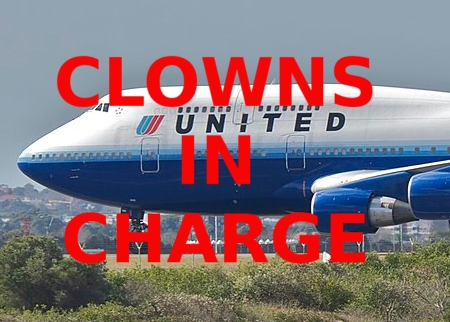NASA/Boeing/ULA confirm new June 1st launch date for Starliner
In a press briefing this morning officials from NASA, Boeing, and ULA confirmed the new June 1, 12:25 pm (Eastern) launch date for the first manned flight of Boeing’s Starliner manned capsule.
The officials provided a more detailed explanation of the helium leak in a valve that effects the capsule’s service module attitude thruster system, noting that it is not a design flaw but some specific issue in this particular valve. Because of this, they are confident the system can function safely even with the leak, which is relatively small.
However, the officials also noted that during their reviews in the past two weeks they discovered a new software issue in the spacecraft’s de-orbit engines that — under very unusual and unlikely circumstances — could actually cause those engines to fail to operate. They have figured out a work-around, whereby they fire the engines at a lower thrust in two stages rather than once.
Should the launch on June 1st be scrubbed for weather, they have back up dates on the next few days, though by June 4th ULA might have to swap out batteries on its Atlas-5 rocket that will require a longer stand down of several additional days.
In a press briefing this morning officials from NASA, Boeing, and ULA confirmed the new June 1, 12:25 pm (Eastern) launch date for the first manned flight of Boeing’s Starliner manned capsule.
The officials provided a more detailed explanation of the helium leak in a valve that effects the capsule’s service module attitude thruster system, noting that it is not a design flaw but some specific issue in this particular valve. Because of this, they are confident the system can function safely even with the leak, which is relatively small.
However, the officials also noted that during their reviews in the past two weeks they discovered a new software issue in the spacecraft’s de-orbit engines that — under very unusual and unlikely circumstances — could actually cause those engines to fail to operate. They have figured out a work-around, whereby they fire the engines at a lower thrust in two stages rather than once.
Should the launch on June 1st be scrubbed for weather, they have back up dates on the next few days, though by June 4th ULA might have to swap out batteries on its Atlas-5 rocket that will require a longer stand down of several additional days.



